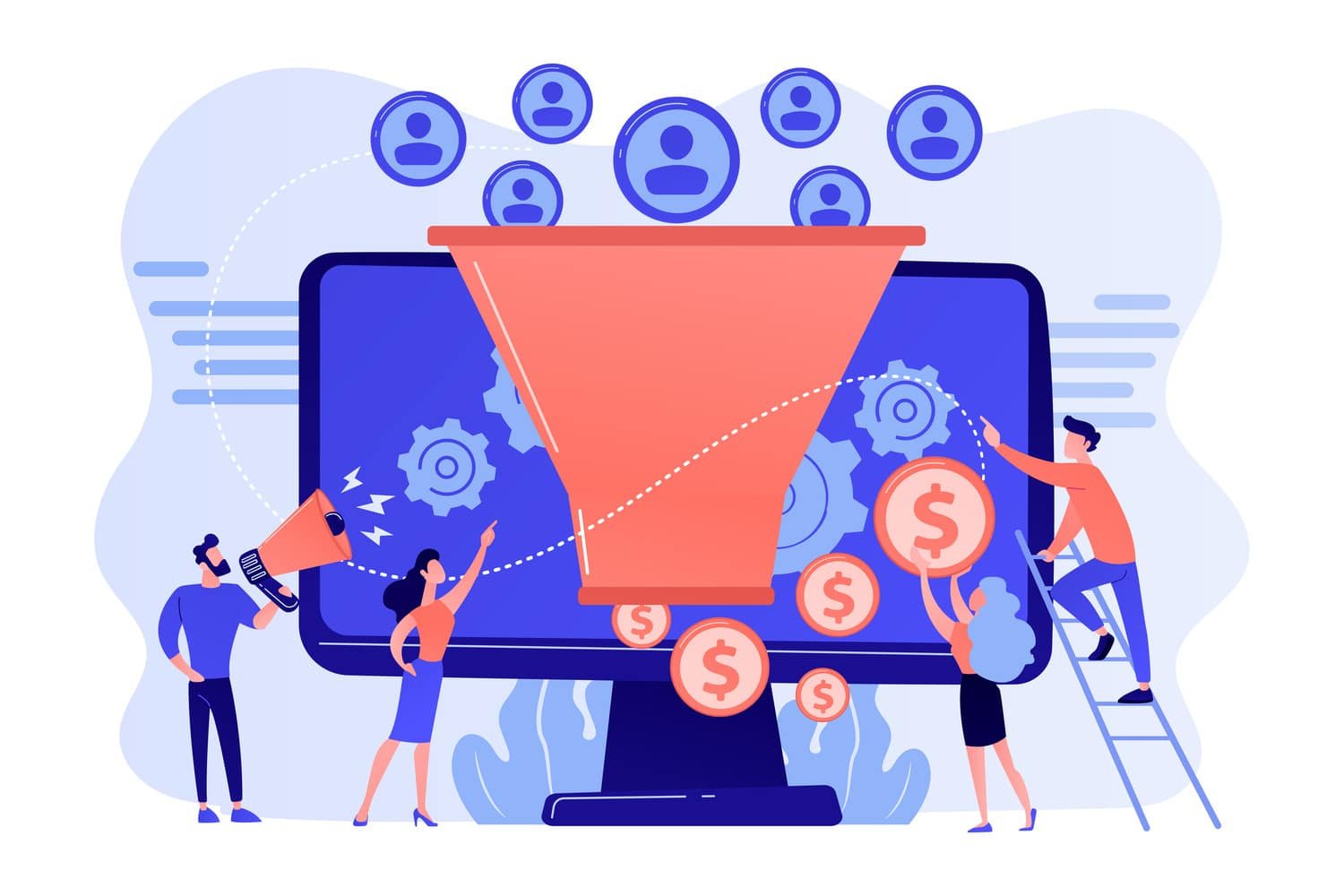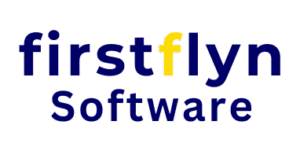
In today’s digital landscape, awareness is the cornerstone of any successful marketing strategy. Without it, even the most groundbreaking products and services can go unnoticed. This comprehensive guide delves into the nuances of generating interest and expanding your reach to ensure that your brand does not only survive but thrives in a competitive market.
The Importance of Awareness in Digital Marketing
Awareness is the first step in the marketing funnel. It’s the phase where potential customers become familiar with your brand, products, or services. Without this foundational stage, further marketing efforts can be futile. Brand awareness not only attracts new customers but also fosters trust and loyalty among existing ones. It’s the beginning of a relationship that can lead to long-term customer engagement and advocacy.
Strategies for Generating Interest
1. Content Marketing: The Backbone of Awareness
Content marketing remains a powerful tool in building awareness. By creating high-quality, valuable content that addresses the pain points and interests of your target audience, you can establish your brand as an authority in your industry. Blog posts, whitepapers, infographics, and videos are just a few examples of content that can engage your audience and keep them coming back for more.
- Blogging: Regularly updated blogs are essential for SEO and keeping your audience informed. Write about trending topics, how-to guides, and case studies to draw interest.
- Infographics: Visual content is more digestible and shareable. Infographics can simplify complex information and make it more accessible.
- Videos: Video content is highly engaging and can be shared across multiple platforms, increasing your brand’s visibility.
2. Social Media: Leveraging the Power of Platforms
Social media platforms are indispensable for generating interest. With billions of active users, platforms like Facebook, Instagram, Twitter, and LinkedIn offer unparalleled opportunities to reach a broad audience.
- Targeted Ads: Social media advertising allows you to target specific demographics, ensuring that your content reaches the right audience.
- Engaging Posts: Consistently post content that resonates with your audience. Use polls, quizzes, and interactive content to boost engagement.
- Influencer Marketing: Partnering with influencers can amplify your reach. Influencers have dedicated followers who trust their recommendations, making them a valuable asset in your awareness strategy.
3. SEO: Optimizing for Visibility
Search Engine Optimization (SEO) is crucial in ensuring that your content is discoverable. By optimizing your website and content for relevant keywords, you can improve your search engine rankings, making it easier for potential customers to find you.
- Keyword Research: Identify and use keywords that your target audience is searching for. Tools like Google Keyword Planner can help in finding the right keywords.
- On-Page SEO: Optimize your website’s title tags, meta descriptions, and headers. Ensure that your content is well-structured and easy to navigate.
- Off-Page SEO: Build high-quality backlinks from reputable sites. Guest blogging and creating shareable content are effective ways to earn backlinks.
4. Email Marketing: A Direct Line to Your Audience
Email marketing is a powerful tool for maintaining interest. By sending out regular newsletters, promotional offers, and personalized content, you can keep your brand at the top of your customers’ minds.
- Segmented Lists: Divide your email list into segments based on customer behavior and preferences. This allows for more personalized and relevant content.
- Compelling Subject Lines: A strong subject line can increase open rates significantly. Use action words and personalize the subject line to catch the reader’s attention.
- Automation: Automate your email campaigns to ensure timely delivery of content. Use triggers like abandoned cart reminders or special discounts for birthdays to keep customers engaged.
5. Paid Advertising: Accelerating Awareness
While organic strategies are vital, paid advertising can accelerate your awareness efforts. Google Ads, social media ads, and display advertising can put your brand in front of a larger audience quickly.
- Pay-Per-Click (PPC): Google Ads and Bing Ads are effective for reaching potential customers actively searching for your products or services.
- Display Ads: Use visually appealing ads to capture attention on relevant websites. Display ads can be highly targeted, ensuring that your ads are seen by the right people.
- Retargeting: Retargeting ads help you reconnect with users who have previously interacted with your site. This reinforces your brand and increases the likelihood of conversion.
Expanding Reach Beyond Awareness
1. Influencer Collaborations: Expanding Networks
Collaborating with influencers is a strategic way to expand your reach. Influencers have established audiences that trust their opinions, making them ideal partners for spreading your brand message.
- Micro-Influencers: Partnering with micro-influencers can be more effective and budget-friendly. They have smaller, more engaged audiences and can create more authentic connections.
- Ambassadorships: Long-term partnerships with influencers can foster deeper brand loyalty and consistent messaging.
2. Partnerships and Collaborations
Forming strategic partnerships with other businesses can help you tap into new audiences. Co-branded campaigns and joint ventures allow you to leverage each other’s customer bases.
- Co-Branding: Create a product or service in collaboration with another brand. This not only expands your reach but also adds value to your offering.
- Joint Promotions: Partner with businesses that complement your brand for joint promotions. This could be as simple as sharing each other’s content or as complex as a joint product launch.
3. Community Building: Creating a Loyal Following
Building a community around your brand is one of the most effective ways to maintain long-term interest. Communities foster loyalty and provide a platform for your audience to engage with your brand and each other.
- Online Forums: Create spaces for your audience to discuss topics related to your industry. This could be a Facebook group, a subreddit, or a dedicated forum on your website.
- Customer Engagement: Regularly interact with your audience. Respond to comments, ask for feedback, and show appreciation for their loyalty.
- Events: Host webinars, live Q&A sessions, or virtual events to engage with your audience in real time.
4. Content Syndication: Reaching New Audiences
Content syndication involves republishing your content on third-party websites. This can significantly expand your reach by exposing your content to new audiences.
- Guest Blogging: Write articles for industry-related websites. This not only increases your reach but also builds backlinks, boosting your SEO efforts.
- Republishing: Syndicate your content on platforms like Medium, LinkedIn, or industry-specific sites. Ensure that you’re publishing on sites with high domain authority to maximize the benefits.
5. Analytics and Optimization: Continuously Expanding Reach
Finally, it’s essential to measure the effectiveness of your strategies and continuously optimize them. Use tools like Google Analytics to track your traffic, user behavior, and conversion rates.
- A/B Testing: Test different versions of your content, ads, and emails to see what resonates most with your audience.
- Performance Tracking: Monitor the performance of your campaigns regularly. Look for patterns and adjust your strategies accordingly.
- Continuous Improvement: Stay updated with industry trends and adapt your strategies to stay ahead of the competition.
Conclusion
Generating awareness and expanding reach are critical components of a successful digital marketing strategy. By implementing the strategies outlined in this guide, you can ensure that your brand not only garners interest but also maintains it, leading to sustained growth and success.
